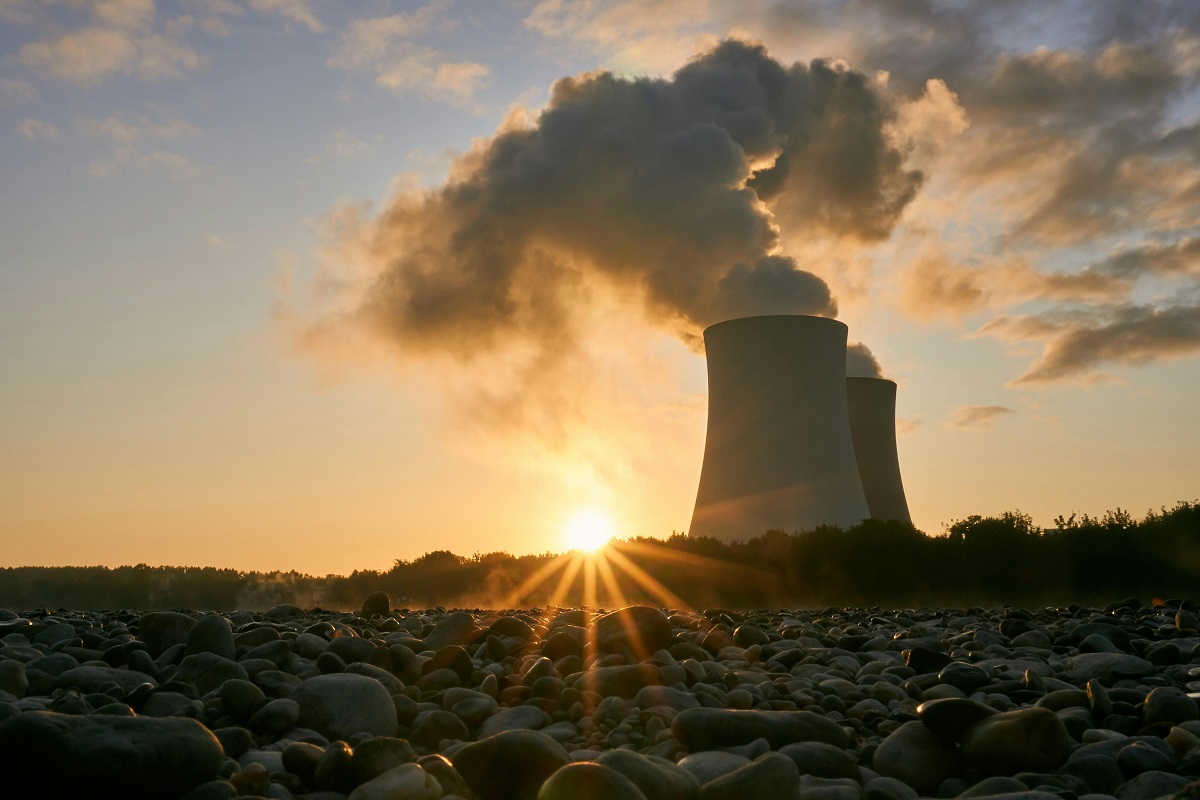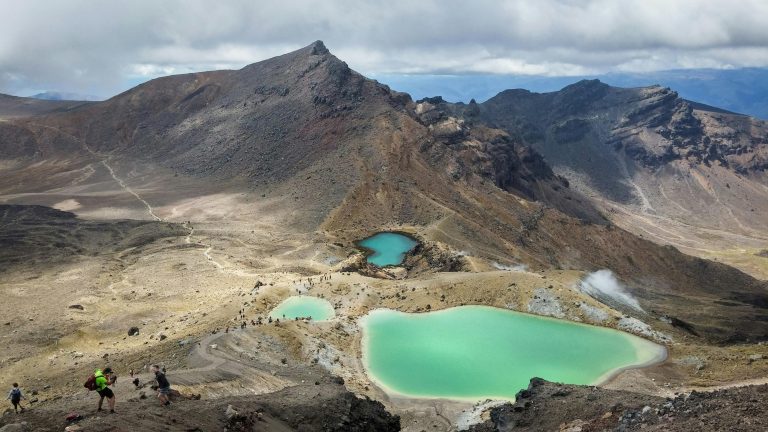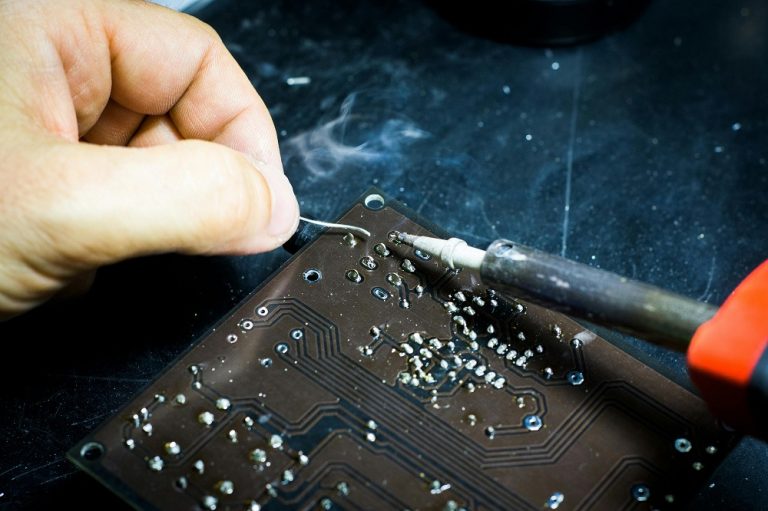In its next energy plan, due for approval in March, Japan will launch a full revival of nuclear power to meet an expected 35% to 50% increase in energy demand by 2050, driven by the semiconductor industry and artificial intelligence (AI). By that date, the Japanese government estimates an increase in electricity production from 1,000 terawatt hours (TWh) this decade (2020-2030) to 1,350-1,500 TWh. It is therefore of crucial importance for the world’s third largest economy to ensure, on the one hand, an increase in the energy efficiency of infrastructure and, on the other hand, the supply of electricity from diversified sources, and the revival of nuclear power will play a key role.
Bearing this in mind, important regulatory measures for the sector have been adopted since May 2023: the “GX Promotion Act” and the “GX Decarbonisation Power Supply Bill”. The latter, in particular, has extended the use of nuclear power plants beyond the maximum limit of 60 years established following the Fukushima accident, excluding from the count the suspension period due to the retrofitting of plants according to the new safety standards imposed by the Nuclear Regulatory Authority (NRA). To date, 25 plants have applied to the NRA to be reopened and 13 of them have already restarted operations, three are in the process of reopening, while only one failed the safety checks. Eight more power plants could apply for reactivation in the coming months.
The results achieved so far in terms of electricity generated by nuclear power plants are still disappointing: in 2022, there was a 5.6 per cent share of nuclear power in the total electricity generated, down 21 per cent on the previous year and still far from the ambitious 20-22 per cent target in the 2030 energy mix. Even assuming that all 25 reactors are reopened, energy capacity would reach 24.8 GW and the amount of electricity generated would increase to 100-150TWh, which is far less than the growth in energy demand.
The new laws, however, allow the construction of new reactors and the reconstruction of existing ones, and special attention will be paid to new-generation reactors in the coming years.
Several obstacles, however, remain to be overcome, such as the severe shortage of skilled labour experienced after the Fukushima accident and the subsequent shutdown of all nuclear power plants in the country. The workforce in the nuclear industry has shrunk by about a fifth since 2010, and it is estimated that between 33% and 58% of operators in Japanese nuclear power plants have no previous experience.
In addition to this problem, the average age of the power plants (around 33.5 years), the limited overall energy capacity, the long planning and construction time, the high risk of accidents, and the problems with the disposal and storage of spent nuclear fuel are also holding back the sector’s recovery. Nevertheless, the opportunities offered by new technologies, which will account for up to 25% of plants in 2050, and the fast expansion of the global market are opening up a new era of nuclear power for Japan.
Investment is going in the same direction: ¥46 billion (around €288 million) has been earmarked for the design of a fast reactor in 2023 and ¥43.1 billion (over €270 million) for a high-temperature gas reactor that will enable the co-generation of hydrogen and electricity. Last year, funding reached ¥56.3 billion (around €356 million), while the total planned investment will be ¥160 billion (€1 billion) until 2027.







